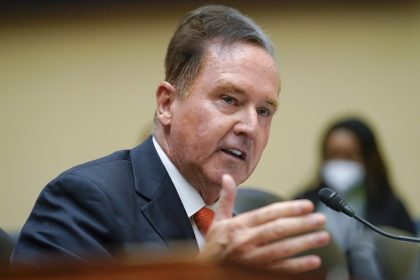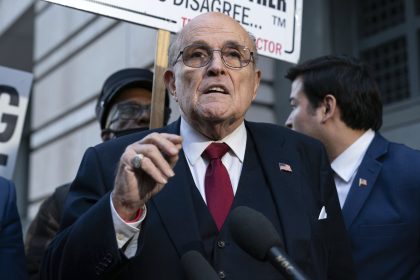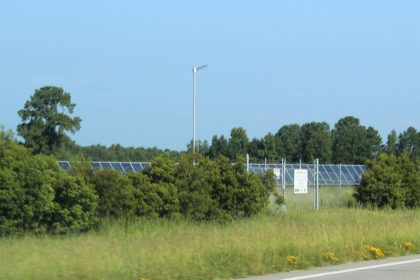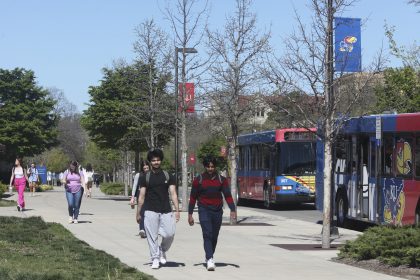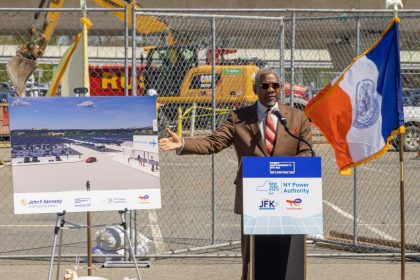What the Infrastructure Investment and Jobs Act will Deliver for Idaho
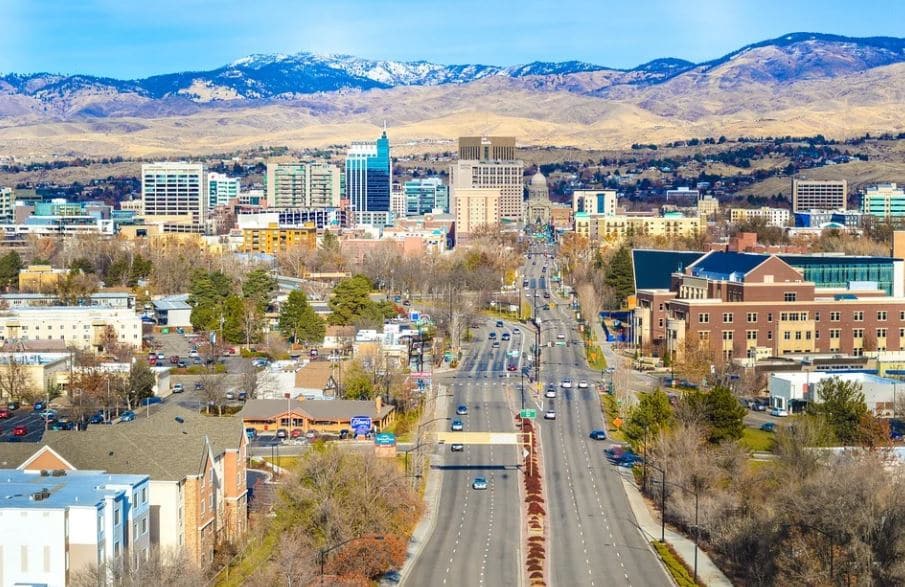
BOISE, Idaho — As the bipartisan Infrastructure Investment and Jobs Act still awaits final approval, its much-needed benefits at the state-level are coming to light.
For Idahoans, the bill’s passage entails investments in roads and bridges, water lines and pipes, and access to broadband internet throughout the state. The American Society of Civil Engineers gave Idaho a C- grade on its 2018 infrastructure report card, and there are 286 bridges and more than 1,100 miles of highway considered to be in poor condition.
In the past decade, commute times in Idaho have increased by 11.2% and drivers pay an additional $394 due to driving on roads in need of repair. Over the next five years, Idaho could expect to see roughly $2 billion for federal-aid highway apportioned programs and around $225 million for bridge replacement and repairs under the bipartisan infrastructure plan.
“Today, the Senate passed the infrastructure bill for America’s roads and bridges,” Sen. James Risch, R-Idaho, said in a written statement. “Senators had two choices: this $550 billion package with no tax increases, or allow Democrats to pass the Biden proposal of $2.5 trillion, raise taxes, and pile it on top of their impending $3.5 trillion social spending spree. On behalf of Idaho, I chose to support the lower $550 billion investment in hard infrastructure like roads, bridges, and broadband. I believe it to be the substantially more reasonable and conservative solution to the necessary infrastructure spending.”
Under the bill’s provisions, the state could also compete for the $12.5 billion Bridge Investment Program for bridges of economic significance, as well as the nearly $16 billion dedicated for major projects designed to bring economic benefits to Idaho’s communities.
Commuters in Idaho who travel via public transit spend an additional 150% of their time commuting compared to those who don’t, and 33% of trains and other transit vehicles in the state have exceeded their useful lifespan. Based on formula funding, Idaho could receive as much as $192 million over five years to improve public transit options.
Because the United States’ market share of plug-in electric vehicle sales is one-third the size of the Chinese EV market, another major tenet of the bipartisan infrastructure package includes the development of a national network of EV chargers. Under the bill’s provisions, $30 million over five years would go to Idaho for the expansion of an EV charging network in the state. Another $2.5 million in grant funding for EV charging network expansion is also available in the bill.
Although 12% of Idahoan households lack an internet subscription, that too is expected to change should the bipartisan infrastructure deal be enacted. Idaho could receive the minimum allocation of $100 million from the bill to help provide broadband coverage across the state, and a quarter of the state’s residents would be eligible for the “Affordability Connectivity Benefit” to help low-income households obtain internet access.
“[The Infrastructure Investment and Jobs Act] does not raise taxes,” Sen. Mike Crapo, R-Idaho, said in a written statement. “It reprioritizes the use of certain unused COVID-relief funds away from bailouts and idle funds, shifting them toward supply-side investments that will provide benefits to Idahoans for many years. It contains counter-inflationary measures focused primarily on long-term productivity rather than near-term demand. This is especially critical right now, as rising prices impact families and small businesses across America.”
Idaho could also expect to receive $355 million over five years to improve water infrastructure from the package. This funding would go towards ensuring water infrastructure safety by eliminating lead service lines and pipes throughout the country.
Idahoans witnessed 11 extreme weather events that cost the state up to $2 billion in damages between 2010 and 2020. To combat this, the state would also receive $24 million across five years to protect against wildfires and another $13 million to prevent cyberattacks.
Energy grid weatherization is another major priority of the package, and the Gem State could expect to receive a portion of the bill’s $3.5 billion national investment in grid upgrades to reduce communities’ energy costs. Further, around $86 million over five years would go to Idaho for airport development and modernization.



















